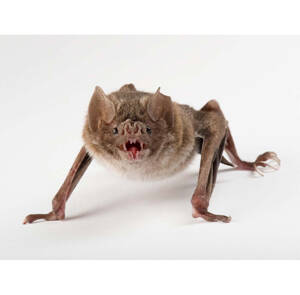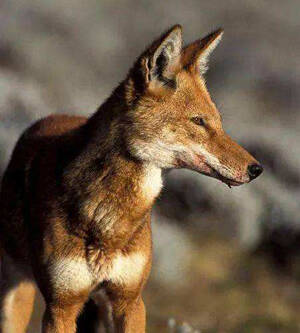
Canis simensis
Simian jackal, steppe jackal, Abyssinian jackal, Simian mountain jackal
The Ethiopian Wolf (scientific name: Canis simensis) is a small dog with two···
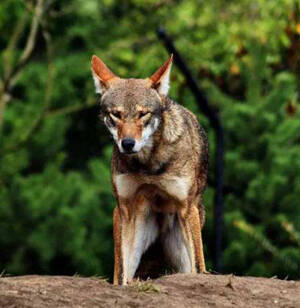
Red wolf
Canis lupus rufus
Red wolf (scientific name: Canis rufus), also known as Red Wolf in English, ···
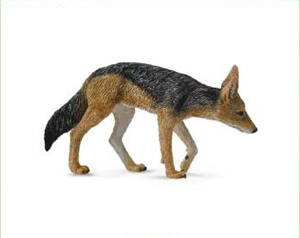
Canis mesomelas
Canis mesomelas,Black-backed Jackal,Black-backed jackal
The Black-backed Jackal (scientific name: Canis mesomelas) is a long-legged,···
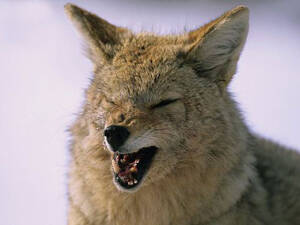
Canis latrans
Canis latrans,Coyote,coyote, prairie wolf, coyote
Coyote (scientific name: Canis latrans) is a species of Canidae, a close rel···
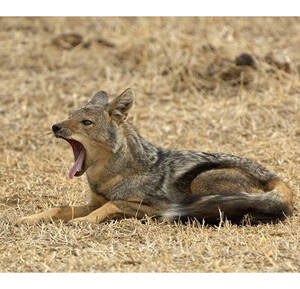
Canis adustus
Canis adustus,Side-striped Jackal,side-striped jackal
Side-striped Jackal (scientific name: Canis adustus) is also known as Side-s···
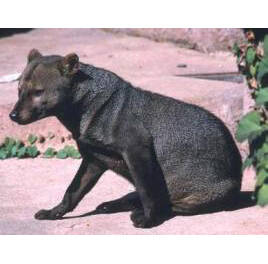
Atelocynus microtis
Atelocynus microtis,Short-eared Dog,short-eared dog, short-eared fox, small-eared dog
Short-eared Dog (scientific name: Atelocynus microtis) is also known as Shor···
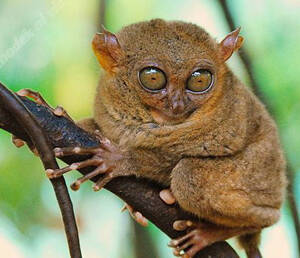
Philippine tarsier
Philippine tarsier,Tarsier
Tarsier (scientific name: Philippine tarsier), also known as tarsier, belong···

Atheris hispida
Atheris hispida,Hairy tree pit viper, scaly tree pit viper
The Kivu tree viper (scientific name: Atheris hispida), also known as the ha···
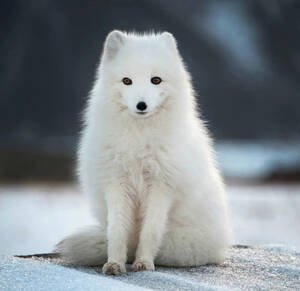
Vulpes lagopus
Vulpes lagopus,Arctic Fox,Blue fox, white fox
Arctic fox (scientific name: Vulpes lagopus) is called Arctic Fox in foreign···
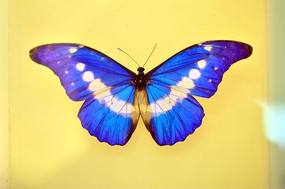
Morpho Helena
Morpho Helena,Blue morpho Helena butterfly,Helena Morpho, Goddess of Light, Helena Morpho, Blue Danube
The Blue morpho Helena butterfly (scientific name: Morpho Helena) was once a···
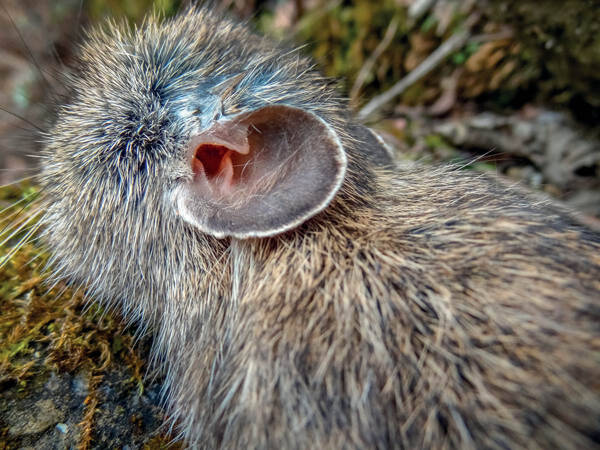
Dabashan pika
The Dabashan pika belongs to the subgenus Alienauroa. The subgenus Alienauro···
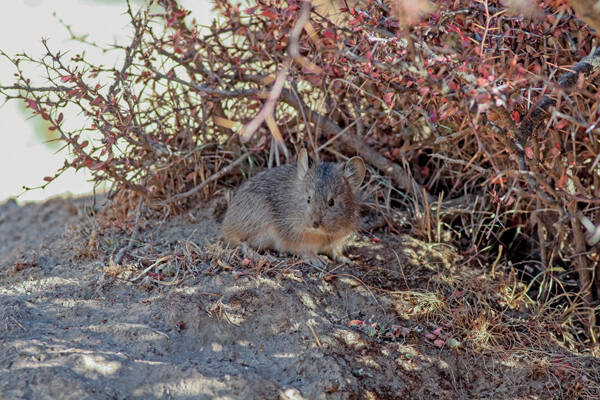
Ochotona yarlungensis
Ochotona yarlungensis
The Yarlung Zangbo pika belongs to the subgenus Ochotona and is a new specie···
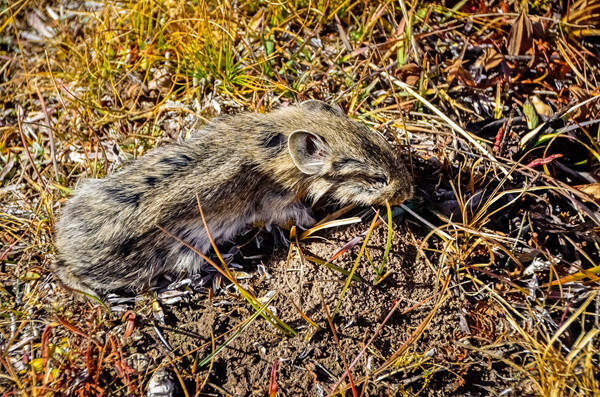
Ochotona thomasi
Ochotona thomasi,Singing Mouse
The scientific name of the narrow-headed pika is Ochotona thomasi, belonging···
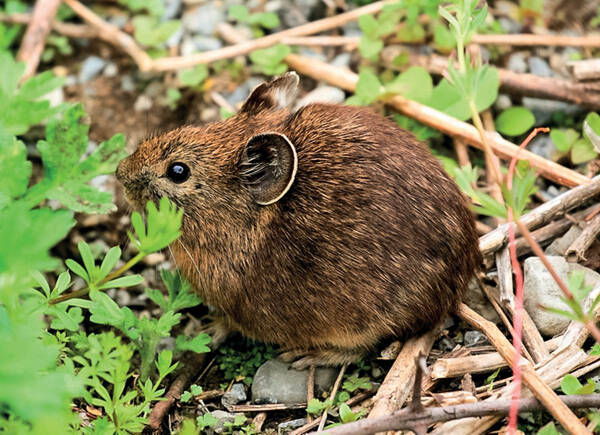
Ochotona thibetana
Ochotona thibetana
Tibetan pikas are active day and night, and are agile. They often chase each···
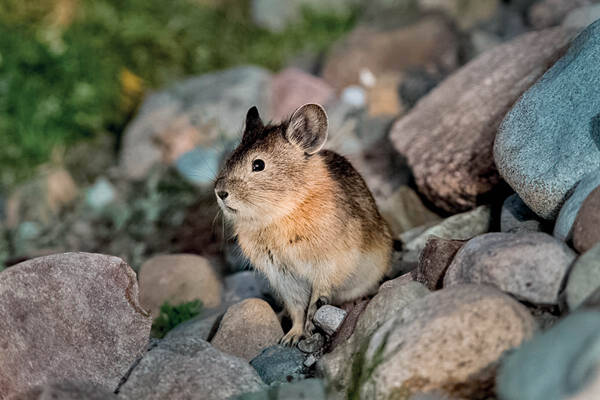
Nubulake Pika
Nubulak pika belongs to the nominate subgenus (<Ochotona>). It was pre···
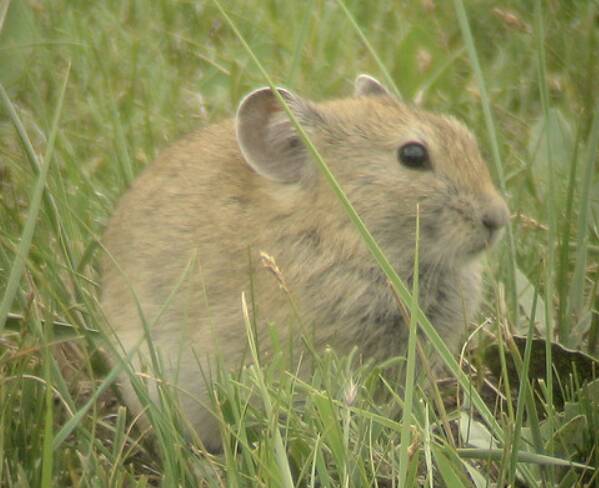
Ochotona dauurica
Ochotona dauurica,Rabbit, rabbit, crying rabbit, Mongolian pika, Dahur pika
The Daurian pika belongs to the subgenus Ochotona, which was once included i···
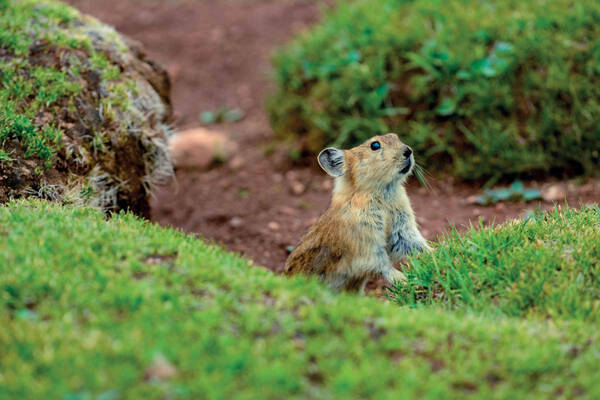
Ochotona curzoniae
Ochotona curzoniae,Plateau pika, singing mouse, stone rabbit, Anona
The black-lipped pika is also known as the plateau pika, the singing pika, t···
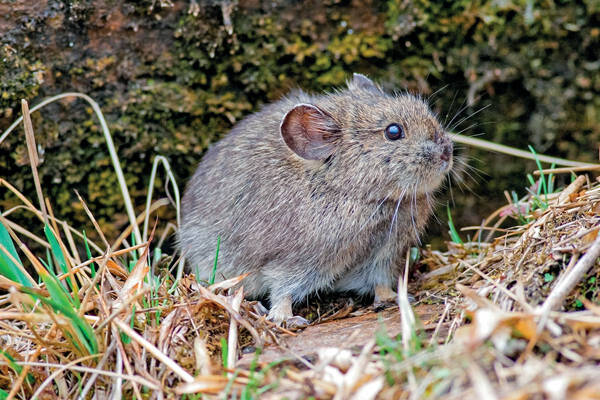
Ochotona cansus
Ochotona cansus, Singing Mouse
The Intercranial Pika, also known as the Singing Pika, belongs to the subgen···
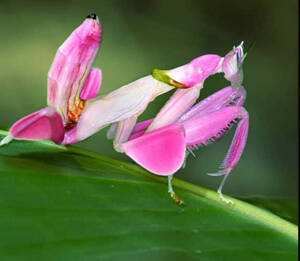
Hymenopus coronatus
Hymenopus coronatus,Orchid Mantis
Orchid Mantis (scientific name: Hymenopus coronatus) is an animal of the fam···
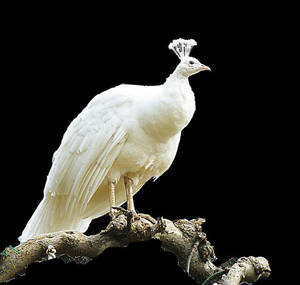
Pavo cristatus
Pavo cristatus
The scientific name of the white peacock is Pavo cristatus. It generally ref···
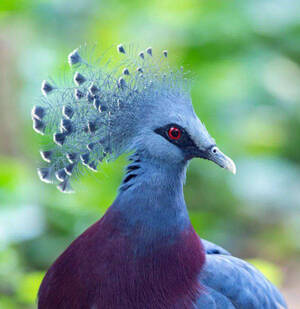
Goura victoria
Victoria Crowned Pigeon,Goura victoria,Victoria Crowned-pigeon
Victoria Crowned Pigeon (scientific name: Goura victoria) is also known as V···
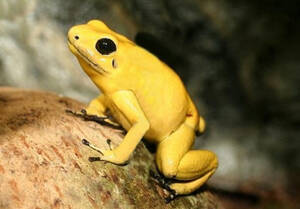
Poison-Dart Frog
Poison-Dart Frog
The Latin name of the golden poison dart frog is Poison-Dart Frog. The Engli···

Psychrolutes marcidus
Psychrolutes marcidus,Blobfish,Sad fish, soft-spined sculpin, popper fish
The Latin name of the blobfish is Psychrolutes marcidus, and its foreign nam···
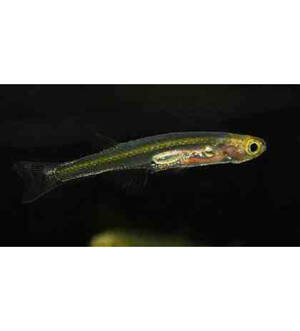
Danionella dracula
Danionella dracula,Toothpick fish
The scientific name of the vampire fish is "Danionella dracula", a···
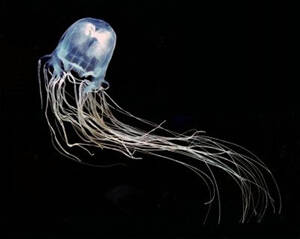
Australian box jellyfish
Australian box jellyfish,Sea Wasp
The Australian box jellyfish, whose Latin name is Australian box jellyfish, ···
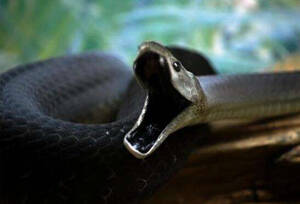
Dendroaspis polylepis
Dendroaspis polylepis,Black Mamba
Black Mamba (scientific name: Dendroaspis polylepis): It is a venomous snake···
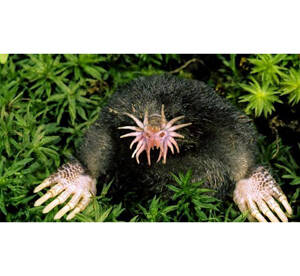
Condylura cristata
Condylura cristata,Star-nosed mole
Star-nosed mole (scientific name: Condylura cristata): is a small mole found···
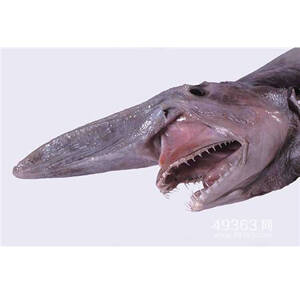
Mitsukurinidae owstoni
Mitsukurinidae owstoni,Goblin shark, Goblin shark, Goblin shark
Owstoni's sharpnose shark (scientific name: Mitsukurinidae owstoni), als···
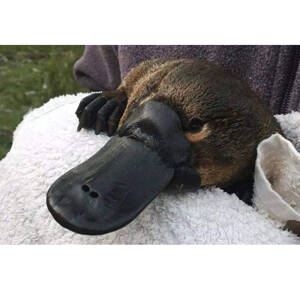
Ornithorhynchus anatinus
Ornithorhynchus anatinus,Duck Otter
The platypus is one of the most primitive mammals. It is an incompletely evo···

